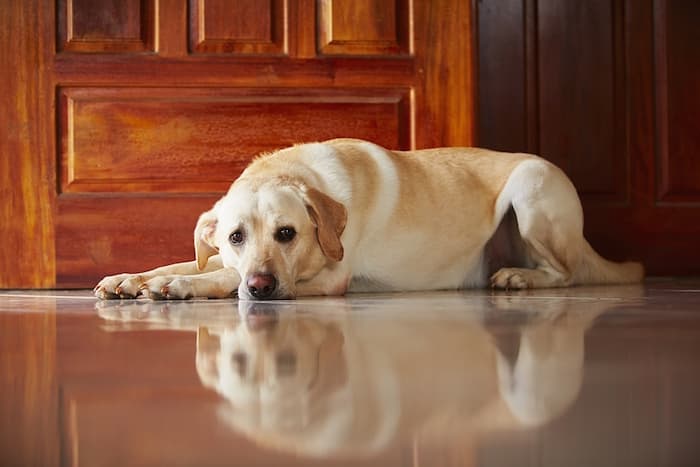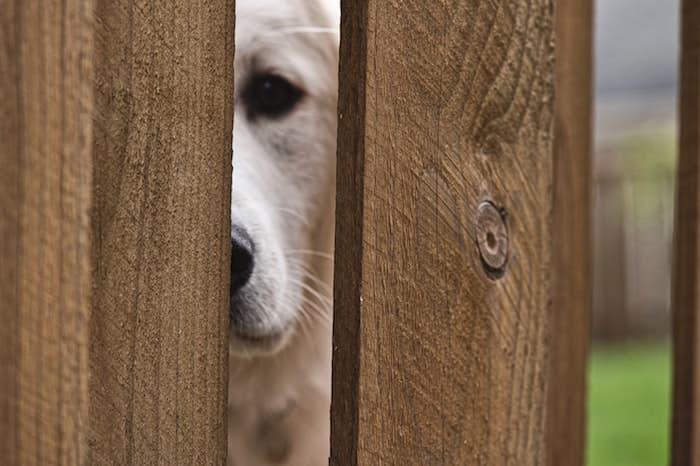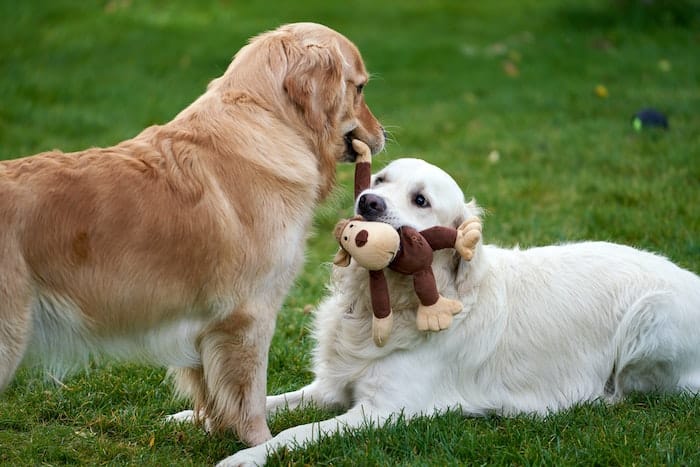If you already have a beloved pup, the idea of bringing home another four-legged friend might seem daunting. After all, your current canine companion may be happy to have someone new to share his space with — or he may feel threatened and territorial. Fortunately, existing dogs and newcomers can get along peacefully.
But before welcoming a second dog into your household, there are some things you should consider to ensure that everyone will benefit from this transition. In this article, we’ll explore strategies for introducing two pups into one loving home and providing them with an enjoyable experience.
Give your current dog time to adjust
Adding a new dog to your current pet family can be an exciting yet sometimes overwhelming event. It’s natural to worry that your older pup may not adapt to the new addition. Before introducing the two, it’s essential to give your current pet some time to adjust to the idea. Spend time giving them extra attention and show them they have nothing to worry about — there is enough love for everyone.
Additionally, it can help ease the transition if you allow them both time alone before introducing them. By taking these steps, your home will be able to welcome a new pup without old grudges getting in the way. For example, a Bernedoodle puppy for sale from a reputable breeder will provide your current pet with an excellent companion.
Be prepared for a transition period
Even after introducing your current pup to the newcomer, there may be some tension. Your older dog may need time to get used to their new housemate and learn that they don’t have to compete for attention or resources.
An excellent way to facilitate this process is by having separate bowls of food, toys, and beds for each pup. It will make it clear to your older pet that there is still plenty of room in the family for both. Ensuring each pup has its own space helps keep the peace between them. If you notice signs of aggression, such as growling or lunging, separate them until they have had time to cool off.
Introduce your new pup slowly
When introducing your new pup to your current dog, take it slow. Start by having a family member who knows to hold the newcomer while you spend time with your older pet. It will show them that there is still plenty of love and attention being given even when the newcomer is around.
You can then begin allowing supervised playtime together. If either pup shows aggression, calmly reassure them and take a break from the activity until they have calmed down. When everything goes smoothly, you can introduce them for more extended periods of time under your supervision.
Let them work out their dynamic
Once they become more comfortable with each other, it’s time to let them figure out the rest independently. Over time, your current dog and new pup will establish a bond — but it’s important to remember that you must remain the pack’s leader.
You’ll want to ensure your rules are clear and consistent with both pets. It will help minimize potential conflict and ensure everyone is comfortable and happy in the home.
Meet their needs
Remember that both pets still need plenty of exercises and mental stimulation. Make sure to keep up with their individual playtime and potty needs and introduce them to new activities like agility classes or doggy daycare. It will allow them to bond while keeping their minds and bodies healthy.
By meeting the needs of both of your pets, you’ll be able to foster an environment of love and acceptance. Above all else, remember that it’s essential to have patience and understanding during this transition period. With a little extra time, care, and effort, you can ensure that your pups will develop into devoted and loyal family members.
Give your current dog extra attention
As we’ve seen, introducing a new pup to your home can take some time and energy. To ensure that your current pet feels supported and supported, give them plenty of extra attention during this period.
Try spending an extra 10-15 minutes each day focused solely on them — it may not seem like much, but it can make a big difference. Stick to activities they enjoy, such as walking or playing fetch in the yard. It will help them remember that they are still an essential family member and remind them of their place in the pack.
Conclusion
By taking your time during this transition period and showing both of your pets patience and understanding, you can ensure they will develop a strong bond. Keeping up with their individual needs and providing attention to both pups will help them adjust more quickly to the new addition. With a bit of time, effort, and love, you can create an environment where everyone is happy and content.
Related Reading



